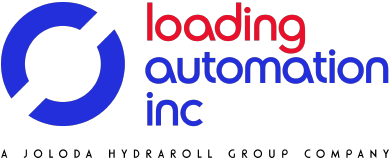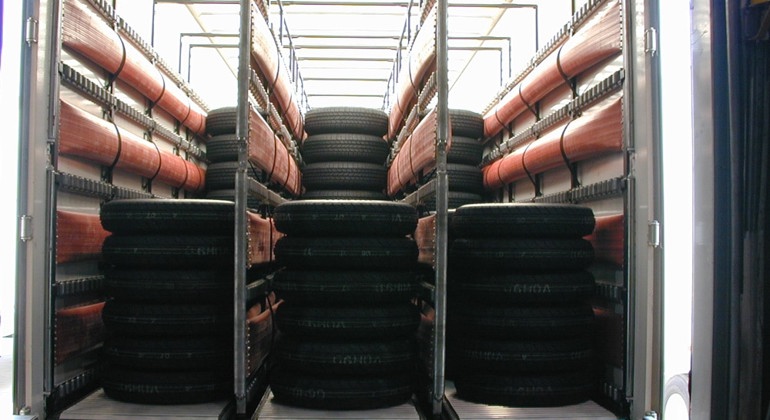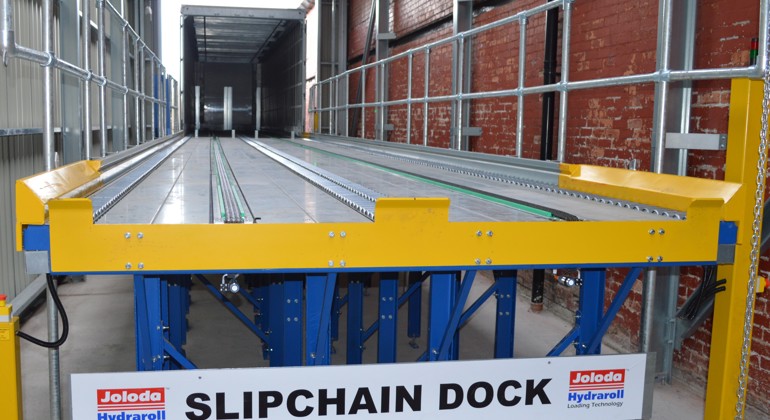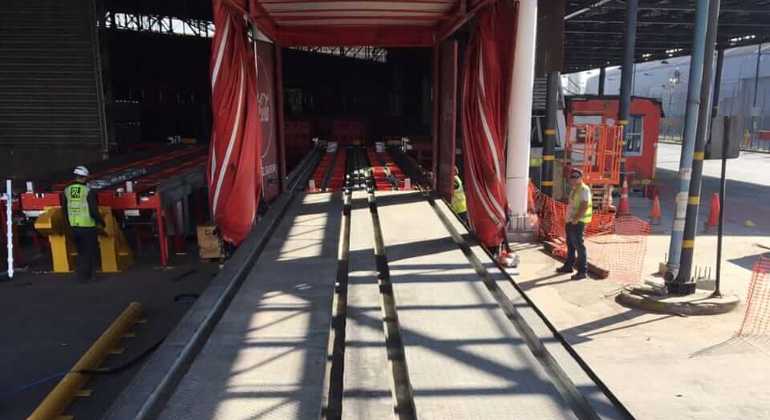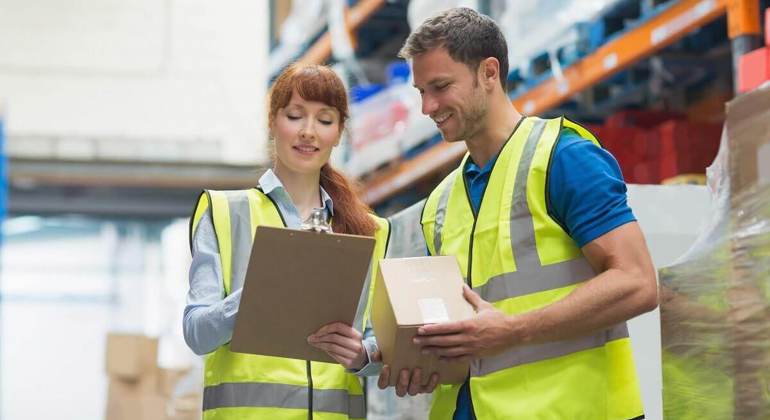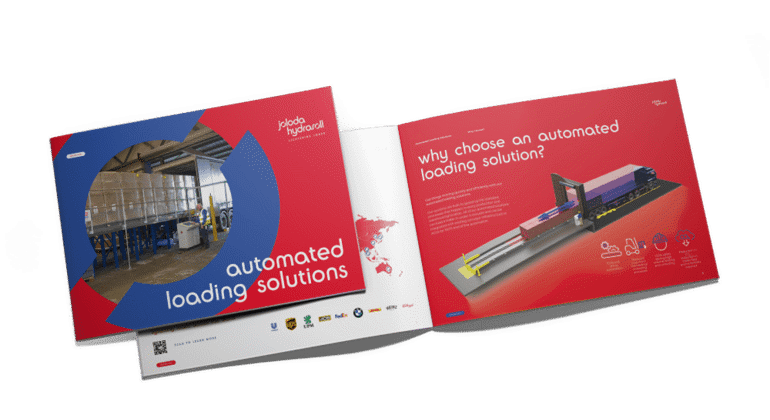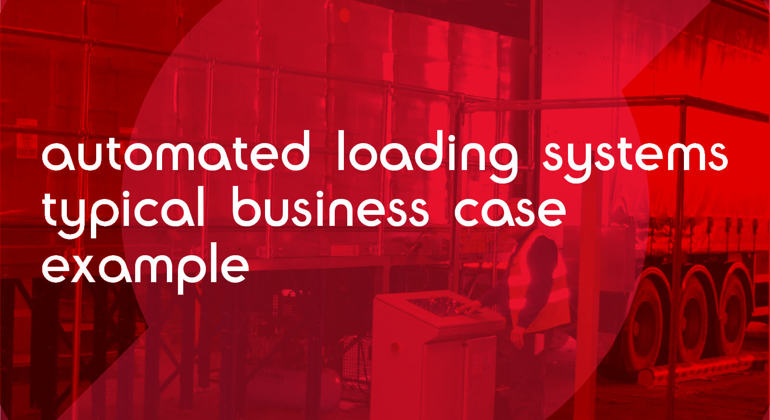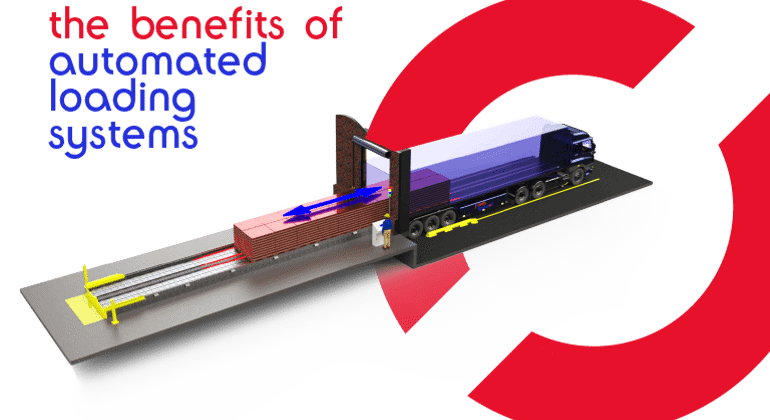Of course, manufacturers must store goods before order fulfilment and then transfer them between the plant and the warehouse, distribution centre or other storage facility. Some even hire local trucking services for it. If you’re looking to add off-site warehousing to your supply chain, you may wish to consider the benefits of outsourcing the shuttle service between the plant and the distribution centre.
Take the frozen foods industry, for instance. Frozen goods need proper handling to retain their quality. The trucks must be constructed, insulated and equipped with suitable refrigeration capacity and air delivery systems to maintain the cold temperatures necessary for them. Buying a truck would be expensive, whereas hiring a shuttle service would keep costs down.
Even transferring dry goods from the end of the production line to an off-site facility calls for staff, logistics planning, waste disposal, technology and communication. Manufacturers can free themselves of this type of overhead by hiring a shuttle service.
In the manufacturing industry, having an inventory of easily accessible surplus parts means operating continuous production cycles when required. This must be without depending on supplier inventory, without experiencing downtime and without suffering reputational damage on account of not meeting the customer’s deadline. Establishing a relationship with a 3PL that can store goods correctly; and then with a shuttle service provider; can help solve this problem.
This isn’t the only solution, however.
A lot of tasks in intralogistics are performed manually or in milk runs. A lot of concepts centre around the continuous supply of workstations with material, which is why a lot of central warehouses have additional warehouses close to production. The problem with this is that stocks increase as a result.
One renowned concept is the use of a tugger train for the lean provision of components and assemblies. The use of the tugger trains comes with its disadvantages, though. Firstly, manual unloading or semi-automatic loading of the tugger trains may result in low capacity utilisation; and secondly, this movement of goods increases the potential for accidents for people and transport systems. The operator must record transport requirements manually, which leads to longer replenishment times and delivery of the wrong parts, and requests don’t go into an ERP system. One core issue for manufacturers is ensuring warehouses receive information on time so the operator can replenish the production lines in a timely fashion.
Here the use of robots and shuttle systems comes in handy. Of course, shuttle systems also play a major role in order fulfilment and replenishment. Storage facilities low on space, rather than use forklift trucks to retrieve palletised goods and other items, can use shuttle systems for their replenishment and order fulfilment operations. Shuttle systems make it possible to retrieve pallets from deep storage racks and, as a result, for businesses to increase their efficiency in dense storage areas, and to make full use of their storage space by expanding the height and the depth of their racking.
